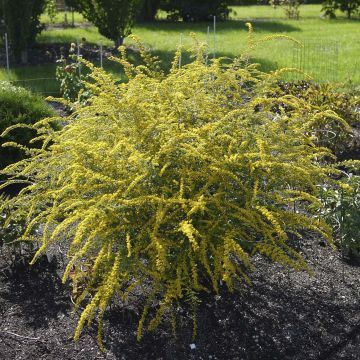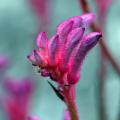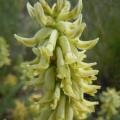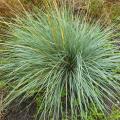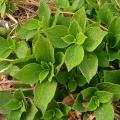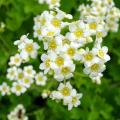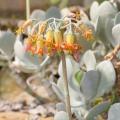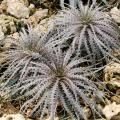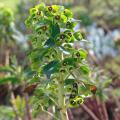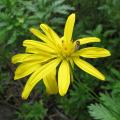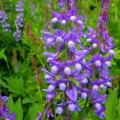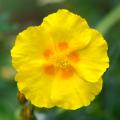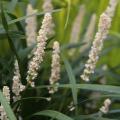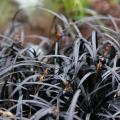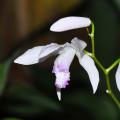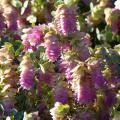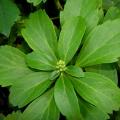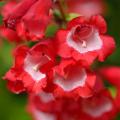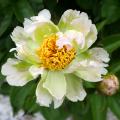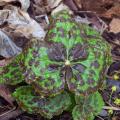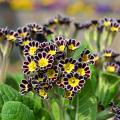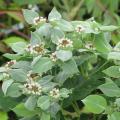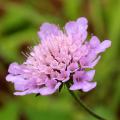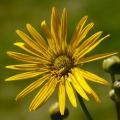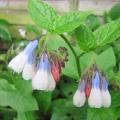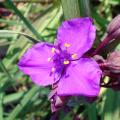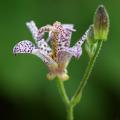Solidago - Goldenrod
Would this plant suit my garden? Set up your Plantfit profile →
Available in 1 sizes
Available in 1 sizes
Available in 2 sizes
Available in 2 sizes
Available in 2 sizes
Available in 1 sizes
Available in 1 sizes

Available in 1 sizes
Available in 2 sizes
Available in 1 sizes
Available in 1 sizes
Available in 1 sizes
Available in 1 sizes
Available in 1 sizes
Available in 1 sizes
The Solidago or Goldenrod is a robust perennial plant from the Asteraceae family, commonly known as goldenrod, or golden wand because of its large inflorescences in golden yellow plumes. While the Solidago virgaurea, is a medicinal plant widely used in homeopathy, with recognized therapeutic properties, gardeners are also often familiar with its North American cousin, Solidago canadensis, whose flowering illuminates the end of summer and autumn. This generous plant is sometimes criticized for becoming exuberant, even invasive in favorable conditions. Horticulturists have worked to produce new non-invasive and more colorful varieties, like Solidago altissima or S. rugosa 'Fireworks', which won't risk invading your garden or your neighbor's.
We love Solidago for its hardiness, resistance, and ability to grow in any soil that is not too dry with very little maintenance. But also because its flowers, like tiny golden daisies, bring joy to bees and butterflies. Depending on the varieties, Solidago will form a clump of upright stems ranging from 30 cm (12in) to 2 m (7ft) in height. Low varieties find their place along paths or in flowerbeds, while taller ones are suitable for flowerbeds, near water features, or among late-flowering blue shrubs (Perovskia, Caryopteris, salvias, etc.). Solidago looks marvelous when planted in mass in a natural garden or a flowery meadow. Finally, its sunny inflorescences also make excellent cut flowers that lighten up bouquets, whether fresh or dried.
Haven't found what you were looking for?







































